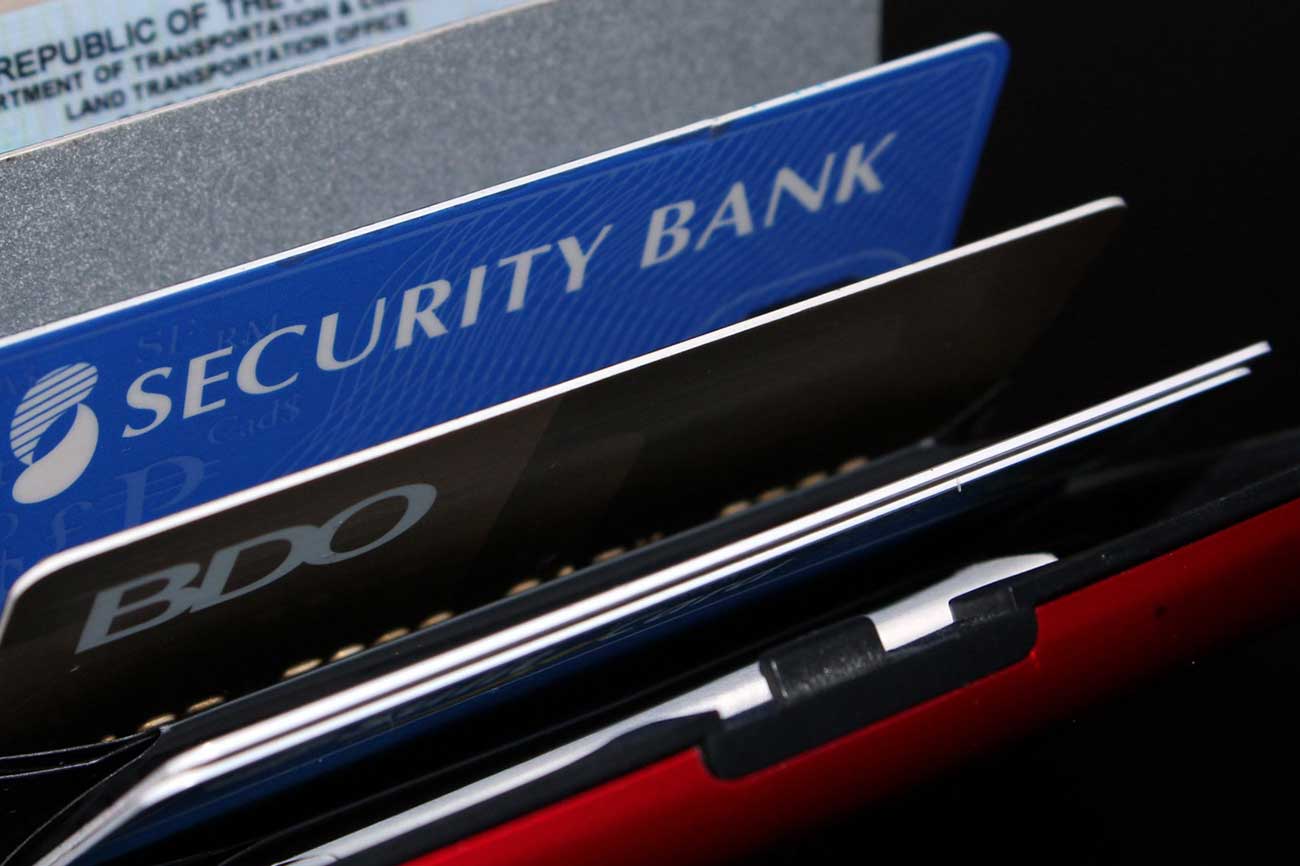When we think of opening a bank account, the most common expectation is walking away with an ATM card in hand and a few thousand pesos in the bank. Often, this money gets spent quite soon on bills and other expenses. But is this really the way “bank accounts” are supposed to be used?
In the Philippines, there are two main types of bank accounts: checking accounts and savings accounts. It’s usually the latter that Filipinos are most familiar with, and the former is much less known. Today we’ll learn about both of these and how they could be used to straighten out your finances.
Savings Account: Overused
For most Filipinos, a savings account is a “pit stop” for one’s money. It’s the place where you store your funds until it is spent. However, savings accounts were not originally meant to be used that way.
From the name itself, a savings account is meant to keep your money for long-term savings. That’s why savings accounts are interest-earning accounts. The larger the amount in your account, the larger the amount you stand to earn because of interest.
In other countries, they’re stricter about the concept of a “savings” account. Some foreign banks restrict how much or how often you can withdraw, and there are also those that do not have debit cards attached to it.
In the Philippines, we have penalties whenever your account goes below the minimum maintaining balance. A person can also start a savings account with a lower amount, which is the banks’ way to entice people to save their money.
Checking Account: Underdog
Checking accounts are usually associated with the wealthier among the population, who have enough in the bank to deal in checks. While this is one of the uses of a checking account, it is not its primary goal.
Checking accounts are meant to facilitate the flow of cash. They can be linked to automatic payments, used for post-dated checks (as is needed when renting real estate) or to make general transactions. Generally, checking accounts are not meant to hold money, but are meant to let you spend your money without having to carry it around.
This transactional nature is also why checking accounts have such a high initial deposit. Since the bank expects you to spend the money, you should have enough money to spend in the first place. Because the checking account is not an ideal place to park your money for the long term, most basic checking accounts are not interest-earning accounts either. There are banks that offer checking accounts linked to ATM/Debit cards too, to further facilitate ease of payment.
You Will Need Both
At some point in your financial growth, you will likely need to have both types of accounts. Savings accounts are great for when you’ve got expected expenses just over the horizon, and checking accounts are perfect for when you need to transact daily. And because both these accounts can be linked to an online account, it is very easy to transfer funds from one account to another. With proper use, both these accounts allow you to create a stable financial structure.










